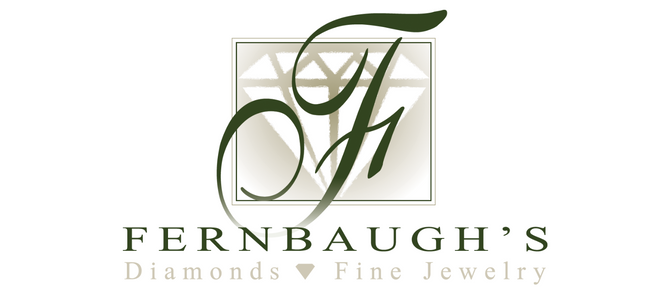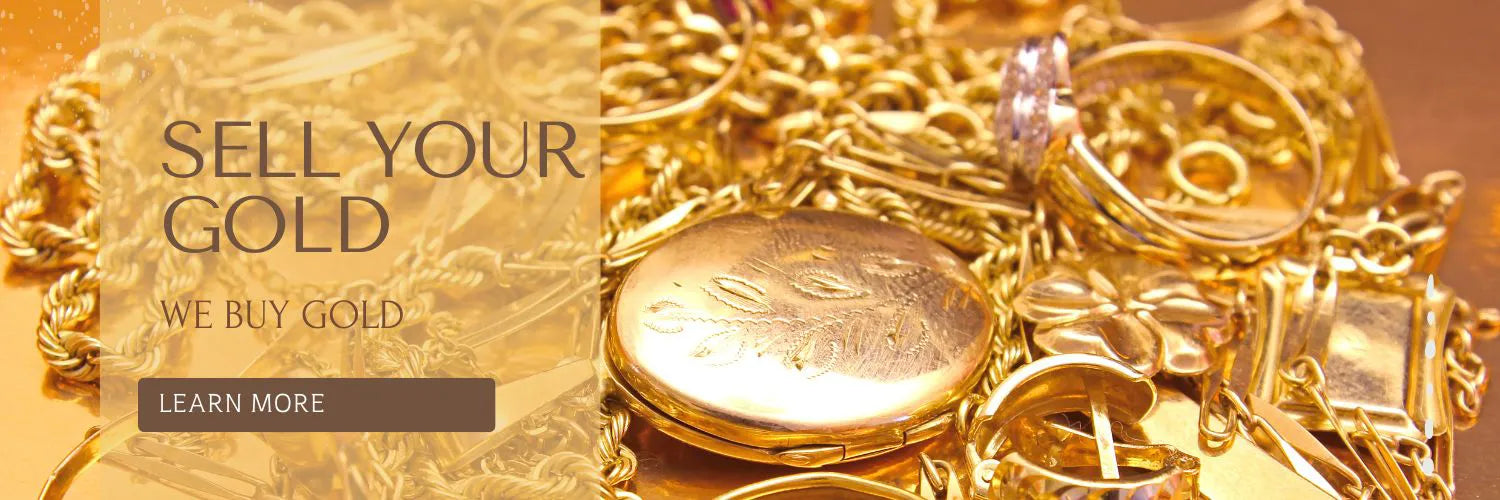By Morgan Garrison
October brings with it crisp weather, pumpkin spice lattes and two birthstones: opal and tourmaline! These multicolored gemstones come in as many colors as the changing leaves. Both stones also have colorful lore that include mistaken identity and atmospheric origin stories. Read on to discover more about these gems!



Opal’s name comes from Latin “opalus” and Sanskrit “upala” which means “precious stone.” Bedouin once believed that opals contained lightning and fell from the sky during thunderstorms. The Ancient Greeks thought opals granted the gift of prophecy. Perhaps the color shifting stone reminded them of the goddess Iris, personification of the rainbow and messenger of the gods. In Western Europe, opal was a symbol of purity, hope and truth.
First brought to the West from India, the most productive opal mines today are in Australia. New South Wales is an important source of both black and white opals. Queensland, in the north east, is the only location in the world that produces the Boulder opal. Other important mines are located in Ethiopia, and Mexico.
 Opals can come in a whole rainbow of colors from white to yellow, orange, red, even brown and black. The color changing phenomenon is called “play-of-color.” Caused by its crystal structure, play-of-color means no two opals are exactly alike. It’s important to take care with opals not only because you’ll never find an exact replacement but because they are also quite delicate stones.
Opals can come in a whole rainbow of colors from white to yellow, orange, red, even brown and black. The color changing phenomenon is called “play-of-color.” Caused by its crystal structure, play-of-color means no two opals are exactly alike. It’s important to take care with opals not only because you’ll never find an exact replacement but because they are also quite delicate stones.Opals are very popular with Fernbaugh’s customers, they are hard to keep in stock! Right now we have a few beautiful opal pieces in the store like this jaw-dropping opal and diamond ring. The ¾ carat oval white opal is set in 14 karat yellow gold and surrounded by just over ½ a carat of diamonds.


If you're looking for something a little more wearable for daytime, check out our 14 karat gold Aurelie Gi line! This ring is brand new to our collection and has an oval cut white opal flanked by two white topaz stones for a total weight of just over ⅓ of a carat.



While Opal is the traditional birthstone for October, tourmaline has been adopted as a secondary birthstone. Tourmaline has been around for a long time, but it wasn’t until the 19th century that scientists finally recognized tourmaline as its own mineral species. This combined with it’s wide variety of colors, helps explain why tourmaline has been mistaken for other gemstones for centuries. In fact, “Ceasar’s Ruby”, one of Russia’s crown jewels, is actually a red tourmaline.

Tourmaline comes in such an array of colors ancient mystics believed it could inspire artistic expression. Tourmaline can even have multiple colors in one crystal. In fact, the Sinhalese (Sri Lanka) word its name comes from, “toramalli,” means “stone with mixed colors.” The most popular varieties of tourmaline are rubellites (pink and red), chrome (emerald green) and paraiba (neon green and blue/violet). The different colors were believed to have different healing properties and powers. For example, pink tourmaline is associated with love, compassion and gentleness while green promotes courage, strength and stamina.
 Tourmaline has been found all over the globe. Arguably, the most important source is Brazil, but it is also mined in Afghanistan, Pakistan, Kenya, Madagascar, Mozambique and the United States. Brazilian mines are best known for being the first source of Paraiba tourmaline. These electric green, blue and violet stones were first discovered in the late 1980s. Scientists found that the striking color was caused by the trace element copper which wasn’t previously known to be a coloring agent for tourmaline.
Tourmaline has been found all over the globe. Arguably, the most important source is Brazil, but it is also mined in Afghanistan, Pakistan, Kenya, Madagascar, Mozambique and the United States. Brazilian mines are best known for being the first source of Paraiba tourmaline. These electric green, blue and violet stones were first discovered in the late 1980s. Scientists found that the striking color was caused by the trace element copper which wasn’t previously known to be a coloring agent for tourmaline.
While tourmaline can come in every color in the rainbow, pink tourmaline has been adopted as a birthstone for October. If you’re looking for a simple, everyday piece to incorporate into your jewelry wardrobe, look no further than our “This is Us: Our Life, Our Story” collection. This line allows you to build your perfect personalized necklace by choosing the birthstone colors you need. You can even mix in initials and objects like hearts and pawprints. We’ve also recently expanded this collection to include bangle bracelets. Specially designed charms don’t slide or spin and the bracelet itself opens up at the back for easy wear.


If you’re looking for something a little bolder, consider this gorgeous ring! The pink center stone is a sapphire, but the color is the perfect representation of the October birthstone. Sapphire’s are a harder stone which makes them a more sensible choice for a ring. This 1.5 carat oval pink sapphire is surrounded by .43 carat total weight of diamonds set in a rose-gold halo. The rest of the mounting is 14 karat white gold.


Opals and tourmalines and their rainbow of colors really are the perfect birthstones for a time of year when the earth itself is changing colors. We hope that you'll stop into the store and check out all our birthstone jewelry soon!






